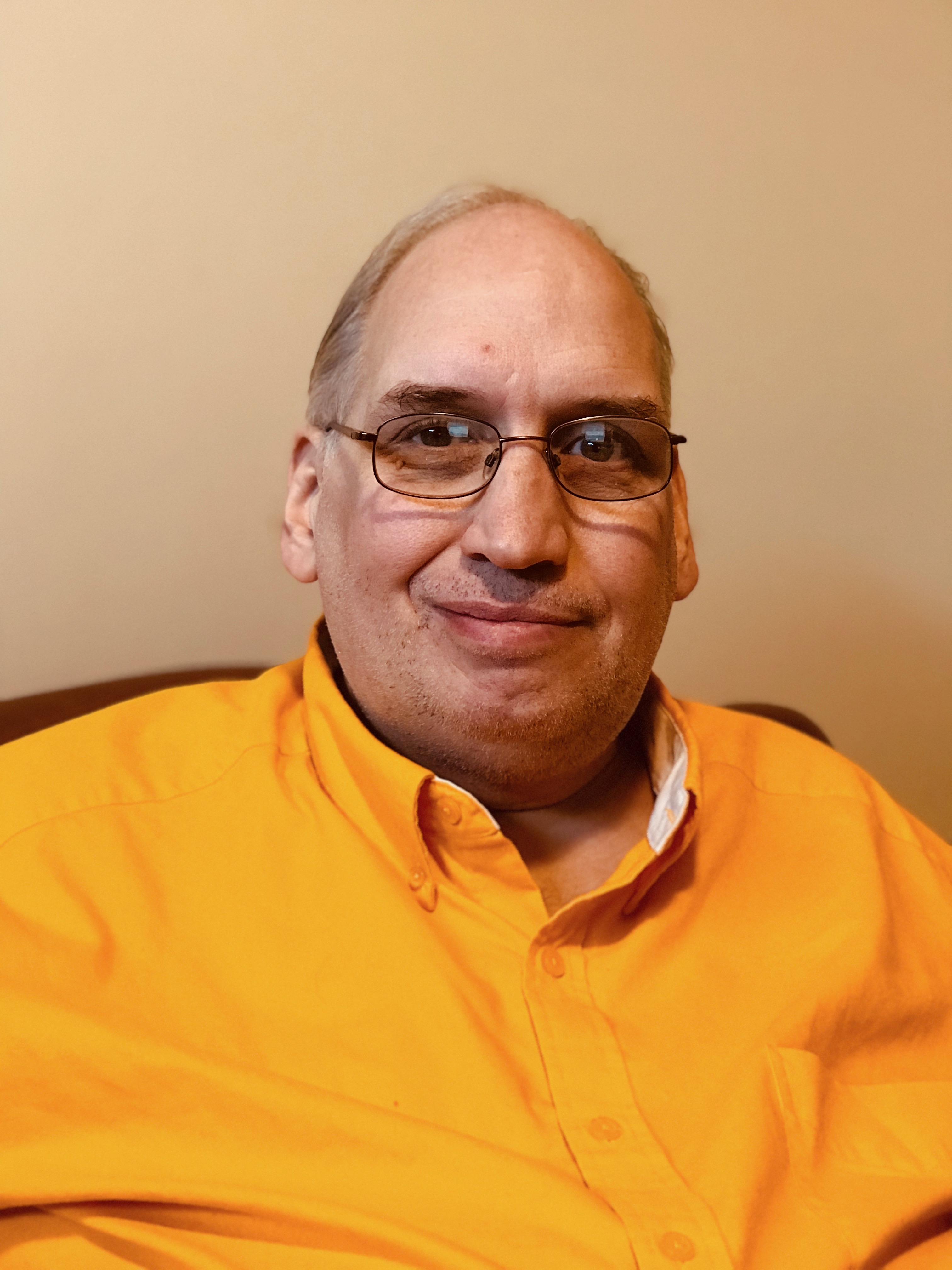
In Tibetan Buddhism, there is a period of crossing from one reality to another. One level of consciousness to the next. The word for these in-between spaces is “Bardo”. In the “Tibetan Book Of Living and Dying,” Sogyal Rinpoche describes it at crossing from one space of consciousness into a new space. The ultimate crossing is death. We don’t really know what we are crossing into, but we know the new reality will not be the same as this one. There are meditation practices designed at making us better at staying present during these indeterminate crossing periods.
Mindfulness can help us sit and stay the observer through these periods without attaching to any one reality or desire. According to Sogyal Rinpoche, this is the way we take on a better new reality.
By not struggling or attaching to ideas of what should be, we open ourselves to the existence of what simply is and allow ourselves to find the peace and happiness that is offered in that new reality.
Coronavirus has left us in this Bardo space. We aren’t sure what the world will be like in two years or five years, but we’re pretty confident it won’t be like it was. Hopefully, we will be wiser and more prepared. With luck, we will latch onto lessons we should have learned long ago and go forward wiser. But there are no assurances of what the future looks like and this becomes the source of a new anxiety. A new undercurrent of stress in our lives. How we approach this in-between space and how we manage that stress will be a powerful force in shaping the new reality.
This time of change offers up time to practice internal calm. In the face of the unknown we have been forcibly slowed by something that cannot even be seen. This is, perhaps, the most terrifying part. We are used to being able to see those we have labeled as enemies and it gives us a powerful sense of control.
We must relinquish our control to this thing so small we cannot see it. This thing killing the best and the worst of us with equal vigor. It has changed our perception of our safety in the world and made apparent our need for human connection in stark bold painted images.
But there is opportunity in this space. Opportunity to observe not only how the world is changing outwardly, but how we are changing both outwardly and inwardly. It is an opportunity to sit and observe our own newfound anxieties and fears. To learn new methods of coping in a world that offers up increasing levels of stress in this time of deep crossing. To wonder at the needs we have perhaps long ignored that rise up with such strength in us now and, finally, to find calm in that space to move us forward into the new reality.
We can take this time to watch the world changing around us and find peace at our center. Because all peace, even world peace, begins there. The center of everything really does begin in our center.


